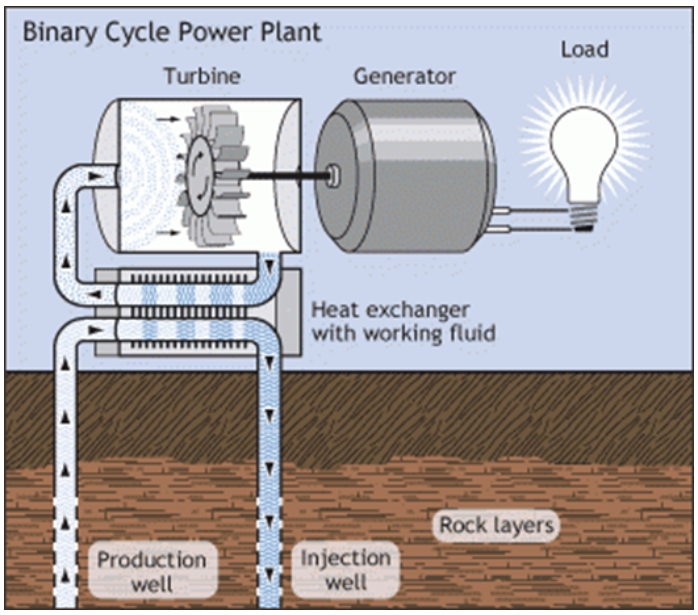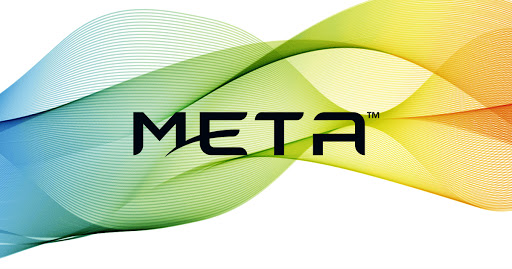Dartmouth-based Metamaterial Inc., which makes advanced materials, is entering the geothermal electricity market in a partnership with Houston-based Sage Geosystems.
The two companies this week announced that they are collaborating on a next-generation geothermal technology called Pluton that is designed to drastically lower the price of geothermal and allow geothermal facilities in more locations. They are planning a $10 million prototype facility this year and have applied for funding under the U.S. Department of Energy’s Advanced Research Projects Agency – Energy, or ARPA-E, program.
Metamaterial, whose shares have increased 12-fold in the past six months, has so far developed and commercialized synthetic materials that can alter the properties of light. In its latest venture, the company is working on new materials that conduct electricity but not heat, to be used in new sources of sustainable electricity.
“We rely on the decades of combined expertise of Sage’s management and their ability to use oil and gas wells to create a new, geothermal alternate future for the hydrocarbon industry with a rare opportunity to support a common clean energy cause,” said Metamaterial President and CEO George Palikaras in a statement. “We are excited about the potential acceleration that the ARPA-E competition could offer if our project is selected, and we are working in parallel with SAGE to address technical requirements and demonstrate a prototype in 2021.”

Extracting heat from deep underground, geothermal electricity offers huge potential because it produces virtually no greenhouse gas emissions, and can produce uninterupted electricity, unlike solar and wind power. However, even the latest generation of conventional geothermal facilities -- known as binary cycle plants -- are expensive and limited to certain locations, so geothermal currently accounts for just 0.4 percent of the energy created by utility-scale power plants in the U.S.
These binary cycle plants require at least two wells – one to flush fluid deep into the ground, where it is heated, then another to bring hot fluid to the surface. The heat from this fluid is used to spin a turbine, which produces the electricity.

By contrast, Pluton will use a new technology called thermoelectric generators, or TEGs, which rely on something called the Seebeck effect. It’s a phenomenon in which a temperature difference between two different electrical conductors can produce a current. The Pluton TEG will use a new material that can conduct electricity but not heat, and requires only one well to be drilled.
A statement from Meta and Sage said they are planning a three-year trial in which TEGs will be installed in oilfields, as the reeded thermal conditions exist in old wells. They hope to produce utility scale geothermal power at 4 cents per kilowatt-hour, a reduction of as much as 60 percent from the current cost of 5.9 to 10.1 cents.
With its shares listed on the Canadian Securities Exchange, Metamaterial is now working on a merger with Texas-based oil and gas producer Torchlight Energy Resources, which will result in the Dartmouth company gaining a listing on the Nasdaq exchange in New York. Meta’s shares have increased from about 30 cents in late October to close at $3.67 on Thursday, giving it a market capitalization (the total value of its shares) of $380 million.
“Metamaterial’s technology has the potential to deliver breakthroughs across a range of applications and industries, and their unique technologies leverage thin films in transformative ways,” said Sage Geosystems President and CTO Lance Cook. “Project Pluton has the potential to deliver the precision, cost and scale required to advanced geothermal energy harvesting in drilling wellbores.”










